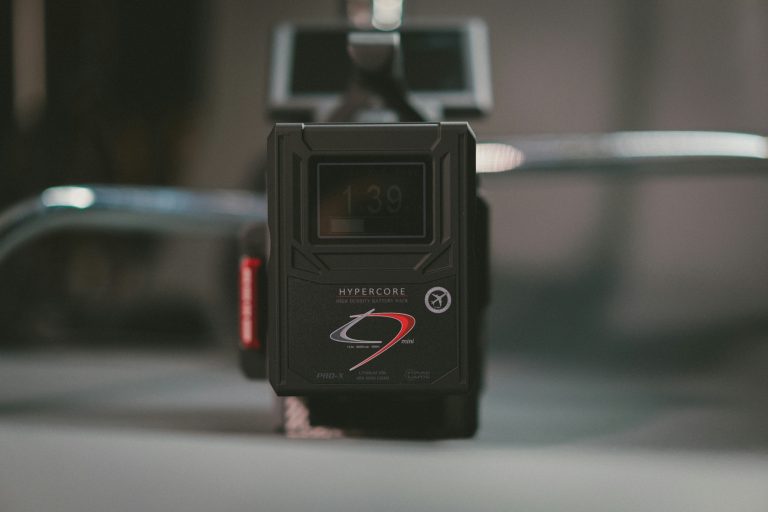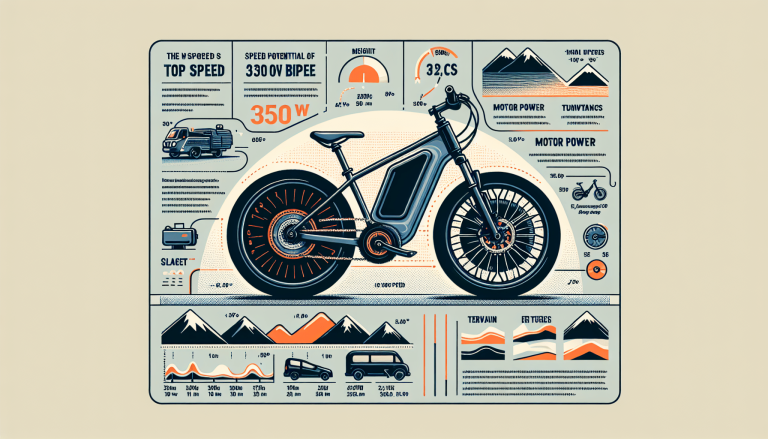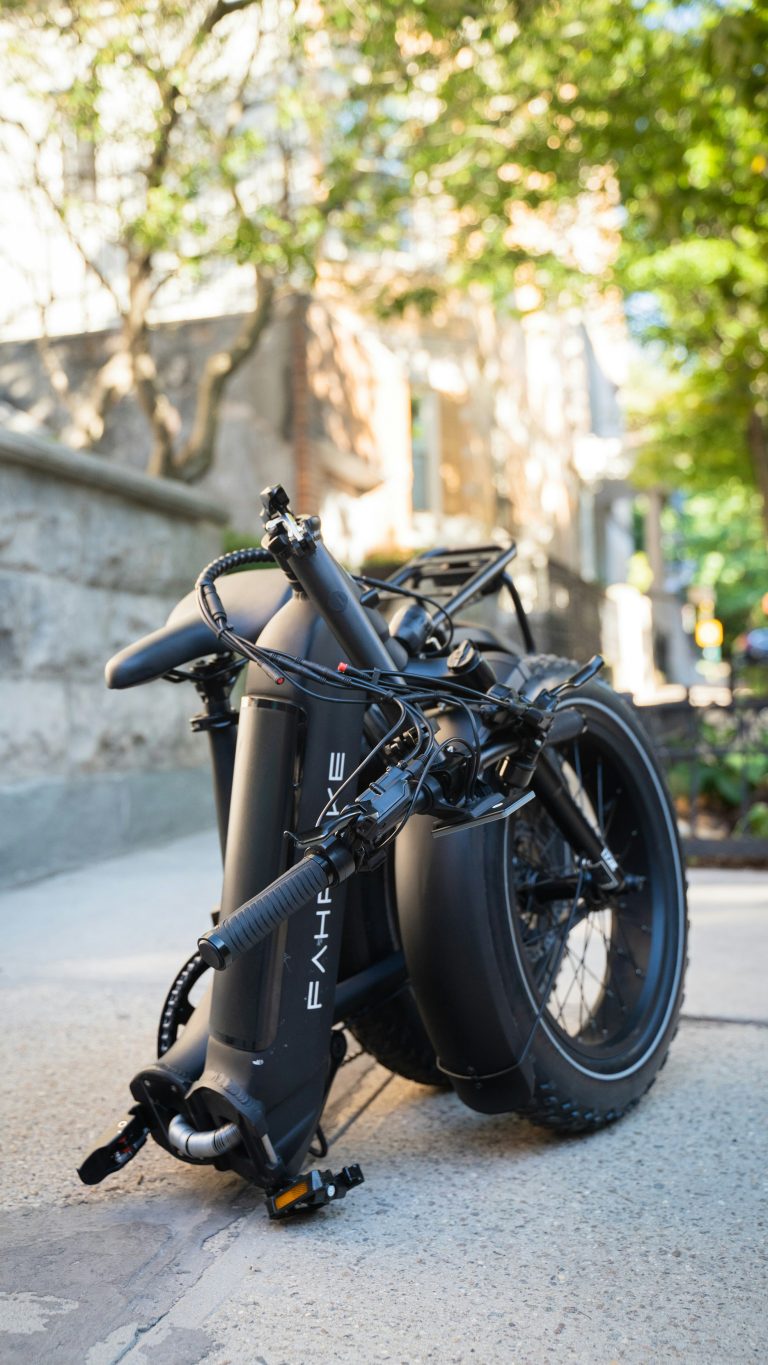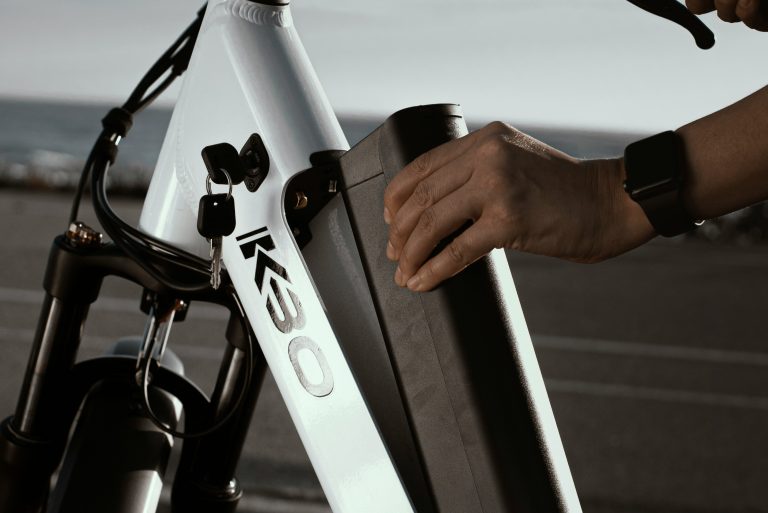Which Is Better 350W Or 500w?
You’re in the market for a new power supply for your computer, but you’re not quite sure which wattage would be a better fit – 350W or 500W? Don’t worry, we’ve got you covered! In this article, we’ll break down the differences between these two power options and help you determine which one is the right choice for your needs. So sit back, relax, and let’s explore the world of power supplies together!

Power Output
Overview of power output
When it comes to choosing a power supply for your devices, understanding power output is crucial. Power output refers to the amount of electrical power that a power supply can deliver to your devices. It is commonly measured in watts (W). The higher the wattage, the more power the supply can deliver.
Explanation of watts and their significance
Watts are the unit of measurement used to quantify the power output of a device or power supply. It indicates the rate at which energy is consumed or produced. In the context of power supplies, higher wattage means the supply can handle more demanding tasks and power-hungry devices. A higher wattage power supply provides a safety margin for your system, ensuring that it can handle peak demands without straining the components.
Comparison of 350W and 500W in terms of power output
Now let’s compare a 350W power supply with a 500W power supply. A 350W power supply is suitable for basic systems and low-power devices such as entry-level desktop computers, small form factor PCs, or office workstations. On the other hand, a 500W power supply offers more headroom and is better equipped to handle mid-range gaming systems, workstations with multiple drives and high-end graphics cards, or power-hungry devices like gaming consoles.
Choosing between a 350W and 500W power supply depends on the specific requirements of your devices and the intended usage. If you have power-hungry components or plan to upgrade your system in the future, opting for a higher wattage power supply like 500W would be a wise choice.
Compatibility
Compatibility with different devices
When selecting a power supply, compatibility with your devices is crucial. Different devices have varying power requirements, and it is important to ensure that the power supply you choose can adequately meet those requirements. Failure to do so can result in unstable system performance or damage to your components.
Factors to consider when choosing between 350W and 500W in terms of compatibility
The power requirements of your devices determine whether a 350W or 500W power supply is suitable. High-performance gaming systems, workstations with multiple drives, or devices with power-hungry graphics cards often require a higher wattage power supply like 500W to ensure stable and reliable performance. On the other hand, if you have a basic desktop or an office workstation with low-power components, a 350W power supply may be sufficient.
Examples of devices that require 350W or 500W
Devices that typically require a 350W power supply include entry-level desktop computers, small form factor PCs, or office workstations with basic components. On the other hand, devices that require a 500W power supply include mid-range gaming systems, workstations with multiple drives and high-end graphics cards, or power-hungry devices like gaming consoles.
It’s important to check the power requirements of your specific devices and consult the manufacturer’s recommendations to ensure compatibility with your chosen power supply.
Energy Efficiency
Understanding energy efficiency ratings
Energy efficiency is an important factor to consider when selecting a power supply. Higher energy efficiency means the power supply can convert more of the electrical power it draws from the wall outlet into usable power for your devices. This not only reduces wasted energy but also helps in minimizing heat generation and lowers operating costs.
Energy efficiency ratings are denoted by the 80 PLUS certification system, which categorizes power supplies into different levels of efficiency. The higher the certification level, the more efficient the power supply.
Comparison of energy efficiency between 350W and 500W
Both 350W and 500W power supplies can come in various efficiency ratings. It is important to note that the wattage of a power supply itself does not determine its energy efficiency. However, in general, higher wattage power supplies tend to have higher efficiency ratings. This is because they are often designed to handle more demanding tasks and are equipped with better components for improved efficiency.
That being said, it is always recommended to check the energy efficiency rating of a power supply before making a purchase, regardless of its wattage. Opting for a power supply with a higher efficiency rating can help in reducing energy consumption and lowering electricity bills in the long run.
Impact of energy efficiency on electricity bills
Higher energy efficiency in a power supply means that it can convert a greater percentage of the electrical power it draws from the wall outlet into usable power for your devices. This reduces wasted energy and results in lower electricity bills. Over time, the energy-saving benefits of a more efficient power supply can offset the initial upfront cost, making it a cost-effective choice in the long run.
Choosing an energy-efficient power supply, whether it is a 350W or 500W, not only benefits your wallet but also contributes to a greener environment by reducing overall energy consumption.
Heat Dissipation
Importance of heat dissipation in power supplies
Heat dissipation is a critical aspect of power supplies, as electronic components generate heat during operation. Efficient heat dissipation safeguards the internal components from overheating and potential damage. A power supply with proper heat dissipation capabilities ensures stable and reliable performance of your devices.
Comparison of heat dissipation capabilities of 350W and 500W
Generally, higher wattage power supplies tend to generate more heat due to increased power consumption. As a result, higher-wattage power supplies are often equipped with larger fans or other cooling mechanisms to effectively dissipate the heat generated. This allows them to maintain optimal operating temperatures and prevent overheating.
While both 350W and 500W power supplies can have efficient heat dissipation capabilities, it’s worth noting that the design and quality of individual power supplies can vary. It’s important to choose a power supply from a reputable brand that prioritizes heat dissipation to ensure the longevity and reliability of your system.
Effect of heat on the lifespan of power supplies
Consistent exposure to high temperatures can negatively impact the lifespan of a power supply. Heat buildup can cause components to degrade faster, leading to potential failures and reduced overall lifespan. By ensuring proper heat dissipation, a power supply can maintain lower operating temperatures, which helps preserve the lifespan of both the power supply itself and the components connected to it.
When choosing between a 350W and 500W power supply, consider the heat dissipation capabilities of the specific models you are considering. Opting for a higher-wattage power supply with superior heat dissipation can contribute to a longer lifespan and overall system stability.
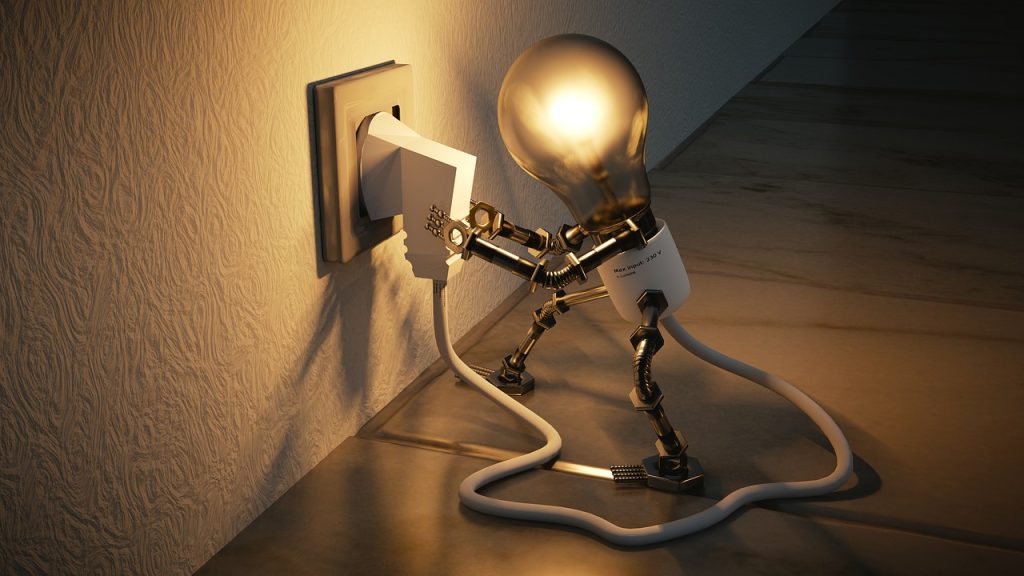
Upgrade Potential
Considering future upgrades and expansion
It’s important to consider future upgrades or expansions when choosing a power supply. While your current system requirements may be adequately met by a 350W power supply, investing in a higher-wattage power supply like 500W allows for greater headroom and flexibility for future upgrades.
Advantages and disadvantages of choosing a higher-wattage power supply
Opting for a higher-wattage power supply offers several advantages. It accommodates power-hungry components, such as graphics cards or additional storage devices, that you may want to upgrade or add in the future. It also provides a safety margin for peak power demands, ensuring stable performance under heavy loads.
However, there are some potential drawbacks to consider. Higher-wattage power supplies are often physically larger, so they may not fit in smaller cases or tight spaces. They can also be more expensive upfront, so it’s important to weigh the cost against the potential benefits of future-proofing your system.
Factors to consider when evaluating upgrade potential
When evaluating the upgrade potential of a power supply, consider factors such as the power requirements of potential future upgrades, physical space limitations, and your budget. Assess whether the power supply you are considering can meet the increased power demands of your potential future components, fits within your case, and aligns with your budgetary constraints.
Being mindful of these factors ensures you select a power supply that can accommodate upgrades and expansions, providing a more future-proof and flexible solution.
Cost
Price difference between 350W and 500W power supplies
The price difference between 350W and 500W power supplies can vary depending on the brand, model, efficiency rating, and additional features. In general, higher-wattage power supplies tend to come at a slightly higher price point due to the increased components and engineering required to handle larger power demands.
Value for money and long-term cost considerations
When considering the cost of a power supply, it’s important to assess the value for money and long-term cost considerations. While a higher-wattage power supply may have a higher upfront cost, it can provide greater value in terms of the flexibility, stability, and future-proofing it offers.
Additionally, an energy-efficient power supply, whether 350W or 500W, can help reduce energy consumption and lower electricity bills in the long run. Consider the overall cost-effectiveness, reliability, and potential benefits of a power supply rather than solely focusing on the upfront price.
Factors to consider when choosing a power supply based on cost
When deciding between a 350W and 500W power supply based on cost, consider factors such as your budget, the power requirements of your devices, and the longevity you expect from your power supply. Remember, choosing a reputable brand and a reliable power supply with suitable wattage ensures the stability and performance of your system, providing value for your investment.

Noise Level
Importance of noise reduction in power supplies
Noise reduction is a crucial aspect to consider when selecting a power supply, as excessive noise can be distracting and impact the user experience. A power supply with low noise levels allows for a quieter computing environment, making it ideal for home or office setups where noise can be an annoyance.
Comparison of noise levels between 350W and 500W
In general, higher-wattage power supplies tend to have more powerful cooling systems, such as larger fans, which can result in increased noise levels during operation. However, advancements in power supply technology and design have led to quieter operation even in higher-wattage models.
Both 350W and 500W power supplies are available in various noise levels, depending on the specific brand, model, and cooling solutions incorporated. It is important to research and consider the noise characteristics of a power supply before purchasing, especially if noise reduction is a priority for you.
Impact of noise on user experience and environment
Excessive noise from a power supply can affect the overall user experience and the environment in which your system is located. In a quiet home or office setting, loud power supply fans can be distracting, making it difficult to concentrate or enjoy multimedia content. Additionally, noise can contribute to a less peaceful and comfortable environment, especially if the system is located in a shared space or bedroom.
Selecting a power supply with noise reduction features, regardless of its wattage, can provide a more pleasant and serene computing experience, contributing to a comfortable atmosphere.
Power Supply Lifespan
Understanding the lifespan of power supplies
The lifespan of a power supply depends on various factors, including its quality, construction, component selection, operating temperatures, and overall workload. Generally, higher-quality power supplies with better internal components and efficient heat dissipation systems tend to have longer lifespans.
Comparison of expected lifespan between 350W and 500W
The expected lifespan of both 350W and 500W power supplies can vary depending on the specific brand, model, and overall system conditions. In general, higher-wattage power supplies tend to be built with more robust components to handle the increased power demands, resulting in potentially longer lifespans.
However, it’s important to note that the lifespan of a power supply can be influenced by various factors, including operating temperatures, workload, and environmental conditions. Always ensure proper cooling and maintain optimal operating temperatures to maximize the lifespan of your power supply.
Factors that can affect the lifespan of power supplies
Several factors can affect the lifespan of a power supply. High operating temperatures, caused by inadequate cooling or poor airflow within the system, can shorten a power supply’s lifespan. Consistent exposure to high workloads, such as running power-hungry components at near-maximum capacity for extended periods, can also impact longevity.
To maximize the lifespan of your power supply, ensure proper heat dissipation, maintain suitable operating temperatures, and avoid overloading the power supply with excessive power demands. Regular cleaning and maintenance of your system can also contribute to a longer lifespan.
System Stability
Importance of a stable power supply for system performance
A stable power supply is essential for the overall performance and reliability of your system. Fluctuations or inconsistencies in power delivery can result in system crashes, data loss, or even hardware failures. A power supply with stable voltage output ensures that your components receive the necessary power without interruptions or sudden drops.
Effects of underpowered or overloaded systems
Underpowered systems can experience stability issues, as the available power supply may struggle to meet the demands of the components. This can lead to performance degradation, unexpected system shutdowns, or damage to the hardware. On the other hand, overloading a power supply by exceeding its rated power output can result in overheating, reduced efficiency, and potential failure of the power supply or connected components.
Choosing a power supply with appropriate wattage, like a 350W or 500W depending on your requirements, ensures system stability and prevents any negative effects of underpowered or overloaded systems.
Comparison of system stability with 350W and 500W power supplies
Both 350W and 500W power supplies can provide stable power delivery when appropriately matched with the power requirements of your system. However, a higher-wattage power supply like 500W offers more headroom, allowing for future upgrades or power-hungry components without sacrificing stability.
When considering which power supply to choose for your system, assess the power requirements of your components and consider any potential future upgrades. This ensures that your power supply can effectively and stably deliver power even under heavy load conditions.
Manufacturer and Brand
Considering the reputation and reliability of power supply manufacturers
While considering a power supply, it’s important to evaluate the reputation and reliability of the manufacturer. A reputable manufacturer has likely established a track record of producing reliable, high-quality power supplies. They invest in rigorous testing and use quality components, ensuring their products meet industry standards.
Comparison of different brands’ offerings in the 350W and 500W range
Various brands offer power supplies in the 350W and 500W range, each with its own unique features, build quality, and reputation. It’s important to research and explore customer reviews, professional opinions, and third-party evaluations to gain insights into the reliability and performance of different brands’ offerings.
Consider factors such as warranty, customer support, and overall customer satisfaction when evaluating different brands. This ensures you choose a power supply from a reliable manufacturer with a strong reputation for producing trustworthy products.
Factors to consider when evaluating manufacturers and brands
When evaluating manufacturers and brands, consider factors such as reliability, build quality, warranty, customer support, and availability of spare parts. Robust warranties, responsive customer support, and positive customer feedback are indicators of the brand’s commitment to delivering reliable power supplies.
Researching and comparing manufacturers and brands can help you make an informed decision, ensuring that you choose a high-quality power supply that meets your specific requirements while providing long-term reliability and support.
In conclusion, the choice between a 350W and 500W power supply depends on various factors such as the power requirements of your devices, compatibility, future upgrade potential, cost considerations, noise levels, and brand reputation. By carefully evaluating these factors and considering your specific needs, you can select the most suitable power supply to ensure optimal performance, stability, and longevity for your system.


